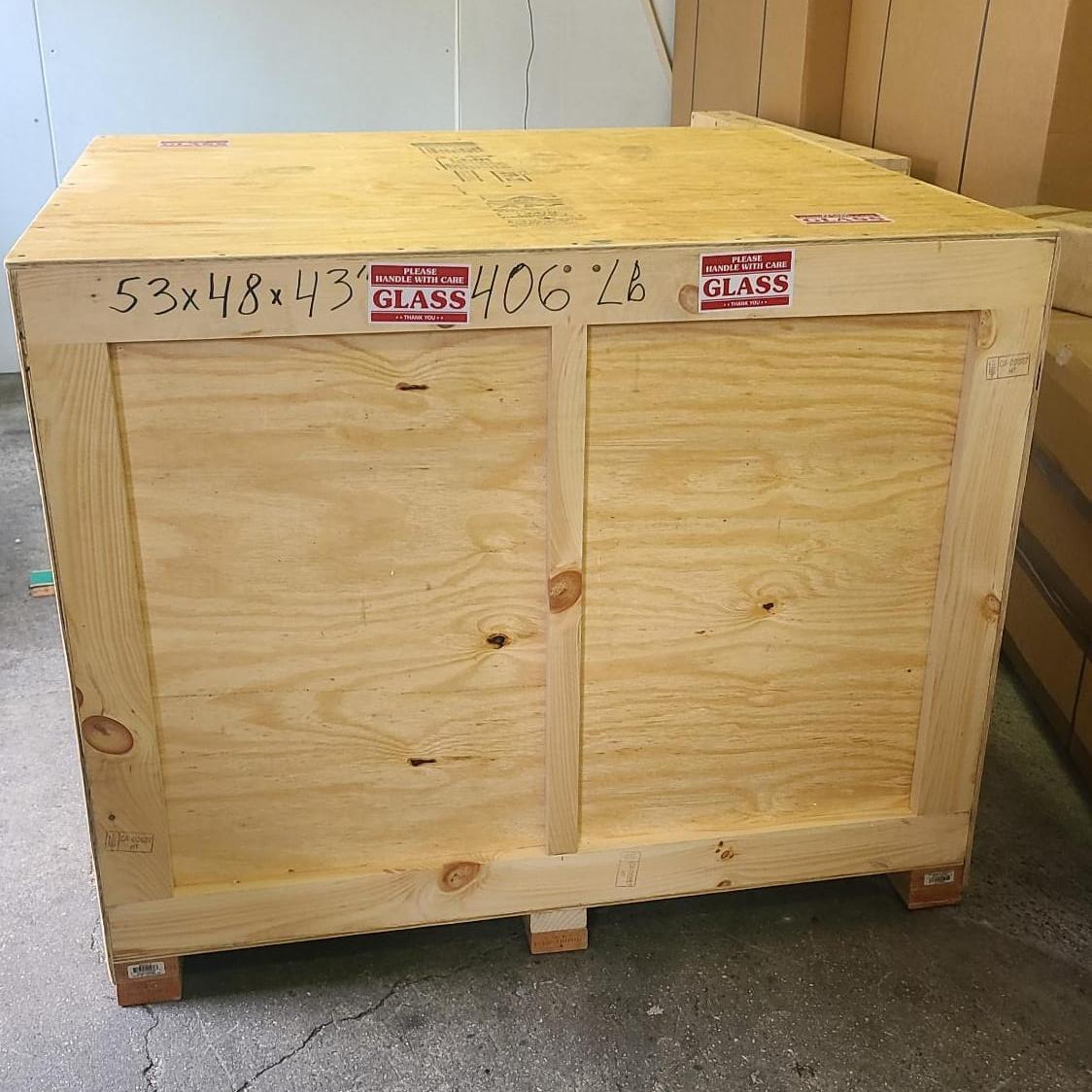Painting is one of the most common kinds of fine art, so it is no wonder that there are so many paintings being transported around the world regularly. To provide safe and reliable delivery of these art pieces, art logistics companies have established some standards for making suitable shipping crates for paintings.
Main features of painting packaging
Paintings are two-dimensional items, but it doesn’t mean that they are always easier to transport than three-dimensional sculptures or irregularly shaped objects. Each two-dimensional piece has its own features that should be considered when making shipping crates for paintings. First of all, most such artworks are fragile because they are often framed with glass. Another essential but less obvious detail is the importance to preserve the paint layer. The violation of the temperature and humidity conditions during transportation may cause paint to peel off, especially if it is an antique work. Depending on the requirements, two or more paintings can be transported separately in different crates or all together in one crate, which allows the customer to save some money on the shipping rates and packaging materials.
Shipping crates for paintings
Art crates can be of standard sizes or customized, but the general principles of their construction are the same. Shipping crates for paintings are made from wood or plywood. Corners are additionally reinforced with these materials for better protection. The thickness of the crate changes depending on the features of the art pieces to be transported.
The walls of the crate are held together with glue and metal screws for greater strength. To create a sustainable climate inside the crate, the joints of planks can be additionally stuck with gasket tape. It protects the artwork from dust and moisture.
When calculating the size of the crate, it is necessary to consider the thickness of cushioning layer inside. The foam carcass can be established inside the crate or its inner walls can be covered with foam. If the crate is intended for two or more paintings, there will also be special dividers or layers of foam or another cushioning material between the paintings.
For more convenient transportation, shipping crates for paintings can be equipped with stabilizing bars, pallet base, legs, and metal handles on the sides. “Fragile,” “Glass,” and other labels are attached to ensure proper handling.
